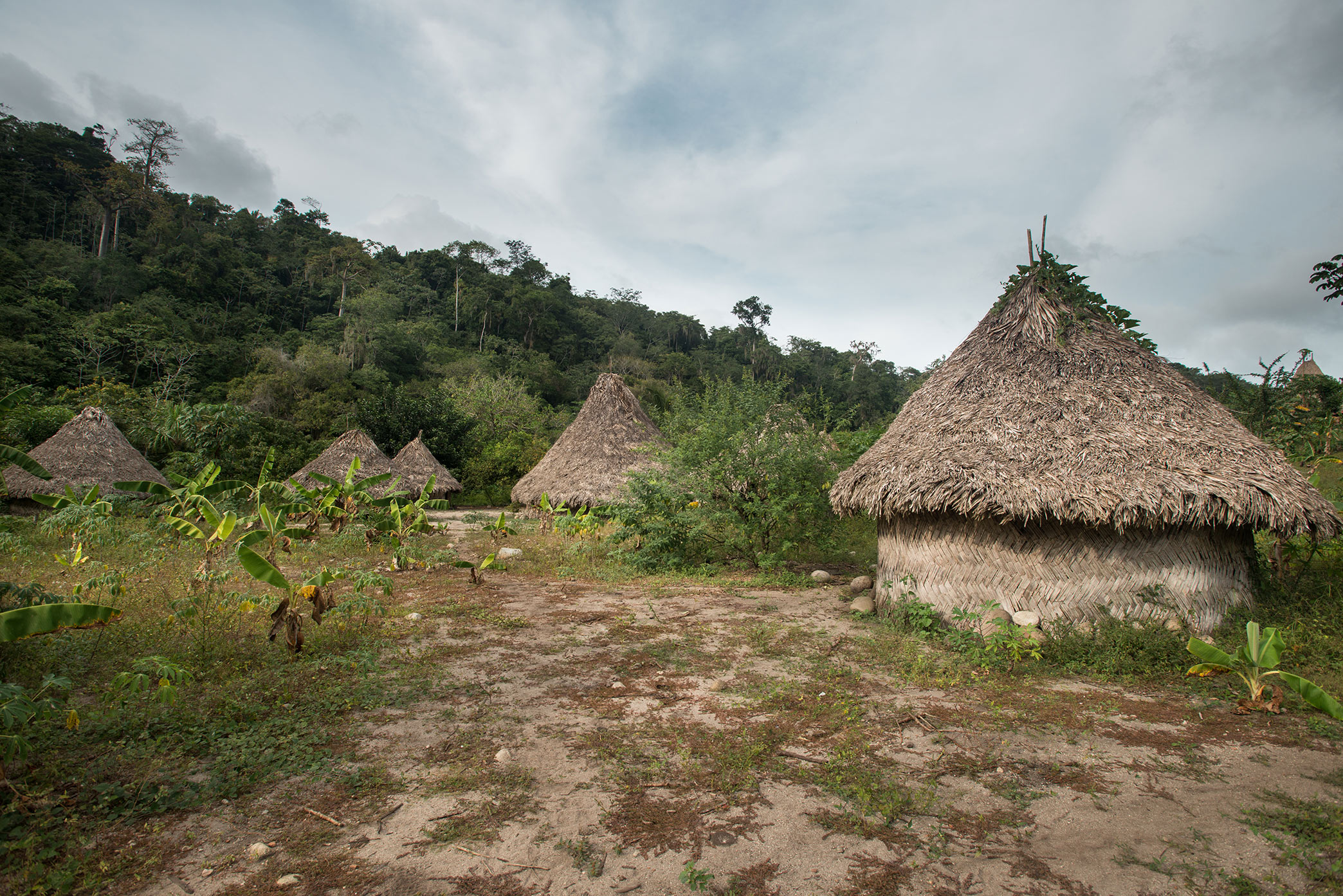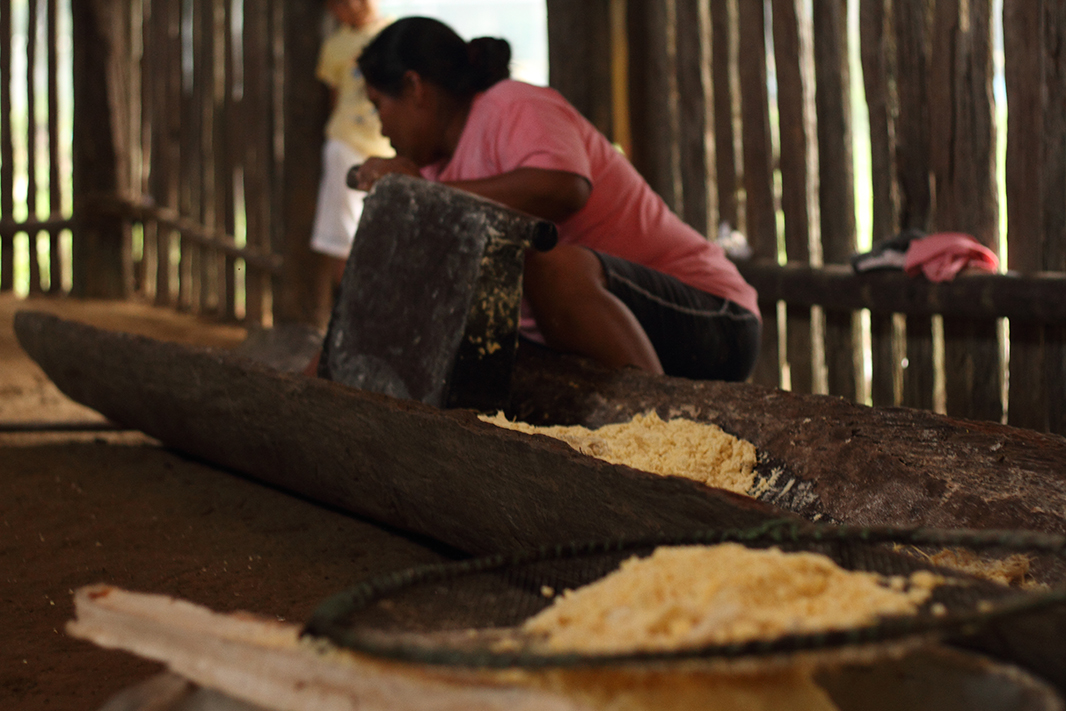COLOMBIA
COLOMBIA

Colombia has a diverse territory, rich in different landscapes and climates, attractive to travelers who enjoy variety, adventure, and good cuisine. We invite you to learn about various indigenous communities through visits with experts.
However, the real wealth of the country lies in its people, in its culture, and this cultural exchange that arises between locals and foreigners is what captivates all our visitors the most.
Colombian culture has been forged over time, based on the traditions of the indigenous peoples who still live in the national territory. But, also, supported by the European civilization that colonization left us. And of course, the African immigration, of which there are also populations that have preserved their ancestral customs for hundreds of years.

The Colombian is a child of these three cultures, which have developed in different regions in a particular way due to geography, history, and the conditions and fruits of the land.
We are fortunate to have indigenous and Afro-Colombian communities that have managed to keep the spirit of their cultures alive, preserving traditions and customs from generation to generation. Visiting the regions where they live is an experience that helps us understand the material and immaterial heritage of the country, while allowing us to discover the characteristic features of what Colombians truly carry in our blood.
Visits with experts to indigenous communities: Local guides
Visiting them is now possible with the help of guides who belong to the communities themselves. They have opened the doors of their villages, so you can get to know them and generate benefits for their sustainability. In an act of generosity, these ethnic groups want to share their ancestral wisdom, their knowledge of flora and fauna, their approach to healing the body and soul, their self-sustainable way of life, cuisine based on organic products, and their artistic and craft expressions.
This activity is ideal for those seeking an expedition that deviates from passive and traditional tours. The invitation to these communities accompanied by an ethnic expert arises from their own initiative, seeking to promote their cultural identity as indigenous peoples.
You may also be interested in: Rancherías Wayúu and crafts
Additionally, since these territories are typically remote, sacred, and difficult to access, they require experts who know the best way to traverse them.
These visits provide a cultural exchange that enriches visitors and benefits the visited populations, as in many cases, the guests share different solutions to their problems under local parameters.
With each traveler, identity is strengthened through the encounter and culture is revitalized, emphasizing the importance of local knowledge and traditions. Likewise, the universal value of tolerance is reinforced, in this world where there is room for everyone.
Indigenous communities: Regions and ethnic groups
Caribbean Region
In Colombia, it is possible to visit some indigenous communities such as the Wayuú in La Guajira, the northernmost territory of South America. Uribía, the “Colombian indigenous capital”, is the town of those who belong to this ethnic group. There they will tell you their stories, their approach to the cosmos, and show you how they weave the colorful hammocks and bags representative of this community.
A little further south, in the Sierra Nevada de Santa Marta, live the Kogui, Wiwa, and Arhuacos, who will guide you to “Ciudad Perdida”, the sacred site where you must ask permission to take photographs, and where you will recharge with the energy of the place while they narrate the origin of the earth's peoples.

These guided visits are not only offered in remote areas. Some cities have communities, such as the Afro-descendant ones, which also have many stories to tell. An example is Cartagena, in the Getsemaní neighborhood, where locals will show you the history of how their ancestors arrived at the colonial city on slave ships from Africa.
You may also be interested in: Sierra Nevada de Santa Marta: Land of snow and indigenous peoples
They will also tell you the story of the creativity of a people who did the impossible to preserve their identity, a story that is not widely known, as those who wrote about the era were Europeans. Music, theater, singing, and dance performances will immerse you in the feelings of a people who wish to be recognized for their customs and traditions.
Another suggestion is to visit Palenque de San Basilio, the first free slave town on the continent. It is an experience where local guides will take you to know the emblematic places of their history; but they will also allow you to enjoy their cuisine, with a marked African influence. In “Palenque” you will connect with a joyful people who invite you to fully experience their cultural expressions.
Amazonian region indigenous communities
In Vaupés you will find the Tucanos, an indigenous family to which more than twenty ethnic groups belong, living between the Orinoco plains and the Amazon rainforest.
With the help of these ethnic groups, you will discover unsuspected places, such as the Jijirimo rapids, and you can also do bird watching in areas full of dense vegetation. They will show you their chagras, their traditional dances, and tell you about their origins and their ancestors.

Pacific Region
The Guambianos and Nasa are in the Department of Cauca and are known for their knowledge of nature and its medicinal powers. You will learn about their traditions and have the opportunity to admire and buy the beautiful crafts and fruits grown in their territories.
In all these places, you can participate in rituals related to their spirituality and also in their music and dance-filled festivals.
In Guapi there is another Afro-descendant community that, although it has the same roots, developed differently from Cartagena. Guided by a local, it is possible to learn much more than the exterior of a town that manifests itself in music and art.
The thought and philosophical development of this fraternal culture, full of values, is humanly woven in a region rich in biodiversity where food from the river, the mangrove, and the sea abounds.
There you can learn about the Intangible Cultural Heritage of Humanity represented by the “Cantaoras and their Marimbas.” These are brave women who sing their joys, sorrows, and pains in lullabies, and all those things that no one dares to say openly.
Experiencing this intercultural encounter where you can immerse yourself in Afro and indigenous cultures will change your perspective on humanity. We recommend following the guides' instructions, so the impact you generate in the communities is very constructive, and you can take home the best of memories.
What do our visitors say?
More activities in Amazonas
Each of the country's regions offers a different rhythm so you can do what you like most. With adventure tourism, numerous cultural activities and excellent gastronomy, we have everything to make your trip an unforgettable experience.

























